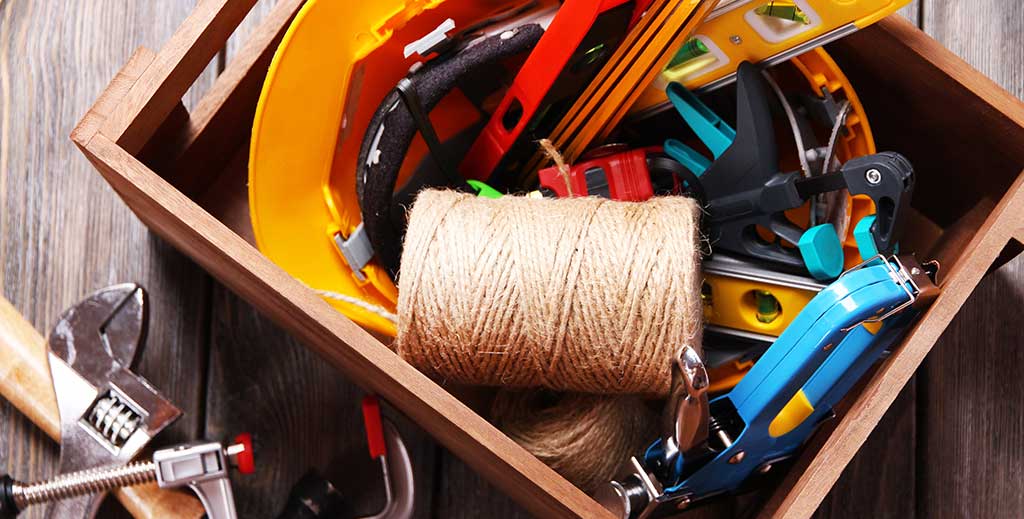Toolbox Talk: “Shortcuts”
A man by the name of Louis Binstock once said, “Too often the shortcut, the line of least resistance, is responsible for evanescent and unsatisfactory success.
” Simply put, taking shortcuts only results in success for a short duration of time.
A shortcut is a quicker or easier way to do a job without following a safe work procedure required to prevent injury.
A shortcut can lead to injury and property damage. Shortcuts like these can be deadly:
• Walking through a traffic area in the yard instead of sticking to established pedestrian routes • Entering a confined space without putting on the right respiratory protection
• Failing to put on a seatbelt for a short motor vehicle trip across the base.
• “Bunny hopping” a ladder instead of climbing down and shifting it.
• Jumping down from a truck or piece of heavy equipment instead of using 3-points of contact
• Using the wrong tool for the job because you don’t have the patience to stop and retrieve the appropriate one.
• Climbing a column or some other structure to move between levels instead of finding the correct ladder.
• Using a chemical without checking the label and Material Safety Data Sheet for precautions and instructions
• Teaching a new employee bad work practices .
• Going through a hole in a fence instead of going around to the gate .
• Laying a piece of plywood over a hole in a floor instead of properly barricading and covering the opening.
We’re all guilty of taking shortcuts now and again, and each time we take a shortcut we also risk of cutting our career short by suffering a significant injury – or even death.
Breaking Bad Habits
Most of us develop bad habits of taking the occasional shortcut while working. If this is true for you, break the habit now.
Your safety and well-being are far more important to your manager, co-workers and customers — not to mention your family — than getting the job done quickly.
While your supervisor may admire and appreciate your conscientious effort to finish the job on time, you won’t be admired if your hasty shortcut results in an injury.
If a rushed job results in an accident, not only could it have an effect on your personal, financial and social life, it also may result in the job taking longer or even coming to a complete stop.
How many times have you heard of employees incurring back injuries because it was “faster” to lift the load by themselves instead of asking for help or using a mechanical aid?
Or someone falls because he stepped onto the top of the ladder instead of locating another ladder long enough for the job?
We must eliminate this intrinsic need to take shortcuts, but how?
Well, we need to allow ourselves enough time to do the job at a safe pace, especially when starting a new job or working in an unfamiliar environment.
Just because you’ve done something a “thousand times” doesn’t mean you’re impervious to an accident or injury, so don’t improvise to save time.
Going through a daily checklist and having all the proper tools and safety equipment on hand in advance are just a few ways to save time.
It is your responsibility to avoid any potentially dangerous or unsafe job practices.
Take the time to lock out/tag out equipment, use fall protection, follow safe ladder procedures and use PPE and the proper tools for the job. This requires planning ahead.
Thanks, TO



